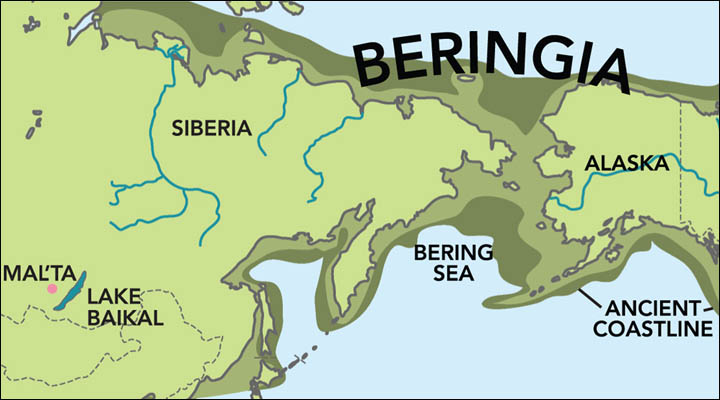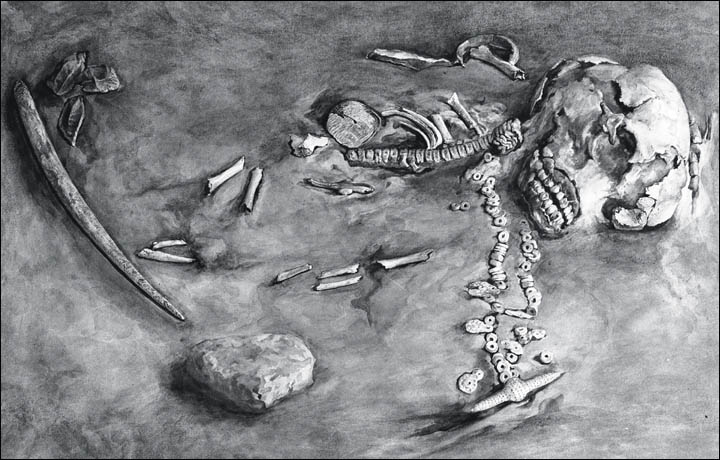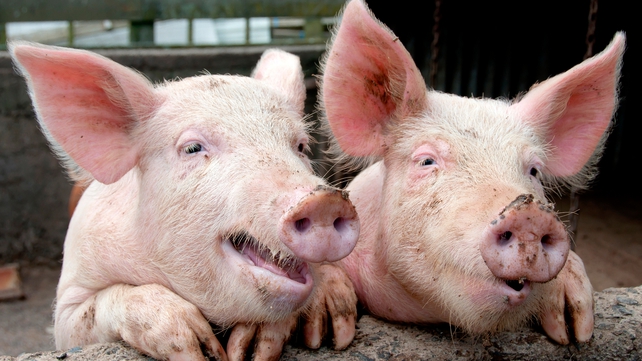The Irish Government has done a U-turn on early tax returns
NO CHANGES TO THE PAY AND FILE REGIME FOR 2014
There will be no change to next year’s deadline of the end of October, with those who file on line having two weeks more time to file.
Pressure from Irish farmers and the self-employed has forced the Government to drop plans to make them file their tax returns earlier than normal next year.
There will be no change to next year’s deadline of the end of October, with those who file on line having two weeks more time to file.
But the Department of Finance no decision had been made yet for the date for paying and filing in 2015.
In a statement it said: “Following a consultation process in relation to changes required to the pay-and-file dates, the Minister for Finance has decided not to introduce any changes to the pay and file regime for 2014.
“The minister’s intention to bring annual pay and file dates forward remains, in order to provide increased certainty around the annual tax take and forecasting process following the move to an earlier Budget day.
The department wanted to bring the pay-and-file date forward so that officials have all the information needed to finalise the earlier Budget.
Budgets are now in October instead of December, as part of new EU rules.
Because of this, the department has proposed moving the pay-and-file deadline to either the end of June or mid-September.
Irish DNA results show that half of pigs meat produced here & tested is not of Irish origin
IFA ACCUSES BACON PRODUCES OF CONFUSING CONSUMERS WITH LABELS
Some bacon producers have been accused by the Irish Farmers Association of confusing consumers by using labels that suggest they are using Irish pigmeat when tests results showed that non-Irish product had been used in some cases.
The IFA commissioned DNA testing company Identigen to test 300 pigmeat samples and compare the results against a complete DNA database of Irish boars.
The results showed 52 per cent of the rashers and bacon joints tested were not from Irish pigs. The IFA said no illegal activity had taken place and retailers were entitled to label non-Irish products as being “Produced in Ireland” if they had processed them further. But it said that customers had a right to know if items were actually Irish products.
IFA president John Bryan said the products “masquerading as Irish” were undermining the huge investment Irish farmers have put into traceability and quality control.
The IFA DNA certified programme for pigmeat was established to deal with labelling issues and to provide reassurance for producers and consumers on the origin of pigmeat on the Irish market.
Brands using the Love Irish Food label must manufacture in the Republic of Ireland and a minimum of 80 per cent of the brand must be made in the Republic.
The Love Irish Food organisation said member companies undertake in their licensing agreements that the source of the raw material they use originates and is produced in Ireland.
Dunnes Stores fared poorly in the test results with only half of its own brand St Bernard rashers and bacon joints matching the Irish database. Dunnes Stores was unavailable for comment.
IFA Pigs and Pigmeat chairman Pat O’Flaherty criticised Dunnes Stores for using the slogan “better because we’re Irish” while failing to support Irish pig farmers.
“The idea behind this pilot campaign is to help consumers make informed decisions when buying pigmeat products and to increase the sales of Irish product in the domestic and export markets,” he said.
He added he had no problem with Spanish, Danish or British pork being sold in Ireland but questioned why these products were marketed as “Irish” when put on supermarket shelves here.
“It is unacceptable that companies and retailers are using imported pigmeat in their products. In addition, some companies and retailers are relying heavily on imagery and branding that would lead the consumer to believe they are buying Irish when the reality is they are being conned into believing a product is Irish when our DNA testing has proved this is not the case,” said Mr O’Flaherty.
In a statement, Lidl Ireland said its Glensallagh own brand was produced exclusively for the chain by a number of Irish suppliers. “We have developed two distinct logos for packaging of our ow- label products – Produce of Ireland and Produced in Ireland. Many Glensallagh products carry the Bord Bia and Produce of Ireland logos as they contain 100 per cent Irish pig meat. Products that are made by Irish suppliers, but that do not contain 100 per cent Irish pig meat, do not carry the Bord Bia logo but instead have a ‘Produced in Ireland’ logo,” the statement said.
A spokewoman for the Food Safety Authority of Ireland (FSAI) insisted the Irish legislation is very clear.
“Pigmeat products do not have to display the country of origin on the label, unless the absence of this information could mislead consumers as to the true origin of the food,” she said.
Children these days are not as fast at running as their parents were
Study of global fitness shows children today cannot run as far or as fast as their parents did
Most children today cannot run as far or as fast as their parents did, according to a study of global fitness.
It found that children’s cardiovascular fitness had dropped markedly worldwide since about 1975.
Over a mile run, youngsters today would be about a minute and a half slower than children 30 years ago.
Dr Grant Tomkinson, the study’s lead author from the University of South Australia, said: “If a young person is generally unfit now, then they are more likely to develop conditions like heart disease later in life.
“Young people can be fit in different ways. They can be strong like a weightlifter, or flexible like a gymnast, or skillful like a tennis player. But not all of these types of fitness relate well to health.
“The most important type of fitness for good health is cardiovascular fitness, which is the ability to exercise vigorously for a long time, like running multiple laps around an oval track.”
Researchers analysed 50 studies on running fitness between 1964 and 2010 of more than 25 million children aged nine to 17 in 28 countries.
They gauged cardiovascular endurance by how far they could run in a set time or how long it took to run a set distance, typically lasted five to 15 minutes or covering half a mile to two miles.
Cardiovascular endurance declined significantly within the 46 years, the researchers revealed at the American Heart Association’s annual meeting yesterday.
On average, endurance has declined consistently by about 5 per cent every decade, while children are about 15 per cent less fit on a cardiovascular measure than their parents were at their age.
In the US, children’s cardiovascular endurance fell by an average of 6 per cent per decade between 1970 and 2000.
The problem is largely one of Western countries, but some parts of Asia like South Korea, mainland China and Hong Kong are also seeing this phenomenon.
To stay healthy, children and young people need to do at least an hour of physical activity – such as walking or cycling to school and running in the playground – every day. It can be done in small chunks rather than one session
The average changes were similar between boys and girls, younger and older children, and across different regions, although they varied country to country.
The decline in cardiovascular endurance performance was probably caused by social, behavioural, physical, psychosocial and physiological factors, Dr Tomkinson said.
The fitness findings were mirrored by measurements of being overweight or obesity and body fat, suggesting one factor may cause the other.
“In fact, about 30 per cent to 60 per cent of the declines in endurance running performance can be explained by increases in fat mass,” Dr Tomkinson said.
He added that children should take part in at least 60 minutes of daily activities that use the body’s big muscles, such as running, swimming or cycling.
“We need to help to inspire children and youth to develop fitness habits that will keep them healthy now and into the future,” Dr Tomkinson said. “They need to choose a range of physical activities they like or think they might like to try, and they need to get moving.”
Significant changes suggested for Irish climate change Bill
Committee on the Environment finds targets for Ireland will effectively be set by EU
A report on climate change by an Oireachtas Committee has made no cast-iron recommendations to Minister for the Environment Phil Hogan but does suggest a number of courses of action that might be followed.
The report of a parliamentary committee on a draft climate change Bill has made a number of significant suggestions for change in the legislation but has made no recommendations over the controversial absence of 2050 targets for emissions reductions.
The Oireachtas Committee on the Environment, chaired byLabour TD Michael McCarthy, this morning issued its report following a nine-month scrutiny of the Outline Heads of the Climate Action and Low Carbon Development Bill 2013.
The committee received over 45 submissions and heard evidence from 30 individuals and groups during the course of its deliberations.
The committee makes no cast-iron recommendations to Minister for the Environment Phil Hogan but does suggest a number of courses of action that might be followed, that differ from the draft legislation and from the document that formed its basis, a report from the secretariat of the National Economic and Social Council which concluded the emphasis should not be on ‘how much’ emissions reduction, rather on ‘how to’ achieve a low carbon society.
In relation to the issue of targets, the committee has said that Ireland abiding by targets for 2030, 2040 and 2050 set by the EU Roadmap will “satisfy the objectives of the Bill”. Essentially, the targets for Ireland will be those set by the EU.
The committee did suggest a number of significant changes. The first relates to sectoral roadmaps, the building-blocks envisaged for Ireland achieving its low-carbon objectives. It has concluded that a national roadmap is needed first and no sectoral roadmaps be drawn up until that is achieved. It also recommends that intervals between national roadmaps be no greater than five years.
There is also a bigger emphasis on the Expert Advisory Body, with the committee’s language suggesting there should be an insistence on full independence, regular and robust reporting mechanism, as well as an operation and structural model based on the composition of the Fiscal Advisory Council.
The committee also gives strong backing to the case that has been made by Minister for Agriculture Simon Coveneythat Ireland’s agricultural situation is unusual in Europeand the current requirements for emissions reduction in that sector are disproportionate, unjust, unfair and make little sense.
 The report supports rain-fed and grass-based agriculture as opposed to less sustainable forms and recommends the creation of a Europe-wide agriculture emissions trading scheme, which would award efficient and sustainable Irish agricultural practices.
The report supports rain-fed and grass-based agriculture as opposed to less sustainable forms and recommends the creation of a Europe-wide agriculture emissions trading scheme, which would award efficient and sustainable Irish agricultural practices.
It puts the emphasis on carbon-neutrality in agriculture by 2050 with a bigger focus on the use of carbon sinks from forestry and other land-use change initiatives.
Mr McCarthy emphasised the non-partisan approach of the committee members and accepted there were different views from TDs and Senators from Government and opposition. He said it was more useful to produce a document without recommendations but with consensus views in relation to courses of action and reference to where there were divisions.
Independent TD Catherine Murphy said it was the best that could be hoped for: “Ideally we wanted to see targets. The [setting of 2030 targets for the EU] in 2015 will change the scenario,” she said.
“We will have to scrutinise what is in those plans. If we do not have practical measures it is going to run into serious difficulties.”
The initial reaction to the report was that it was broadly welcomed although some bodies expressed reservation. Both the IFA and Ibec congratulated the committee for the report and its inclusive nature.
Stop Climate Chaos, which represents 28 civil society organisations, said the committee had missed an opportunity by not suggesting specific carbon emissions reduction targets should be set for 2050.
While welcoming the strengthening of the independent advisory body its spokesman Oisin Coghlan said “one disappointing aspect of the report is that it falls shy of proposing that specific carbon emissions reductions targets should be set for 2050”.
Ancient Siberian Skeletons Confirm Native American Origins


DNA was extracted from a boy’s arm bone above left.
The DNA gleaned from two ancient Siberian skeletons is related to that of modern-day Native Americans and western Eurasians, new research suggests.
The genetic material from the ancient Siberians provides additional evidence that the ancestors of Native Americans made the arduous trek from Siberia across the Bering Strait into the Americas.
But it also reveals there were multiple waves of migrations in Asia around this time, said Mark Hubbe, a biological anthropologist at The Ohio State University who was not involved in the study.
This brings a new level of complexity to what we think happened in Asia
Several genetic clues indicate that Native Americans came from a population that once inhabited Siberia and crossed the Bering Strait between 20,000 and 15,000 years ago.
Between 1928 and 1958, Russian scientists excavated a Siberian site in Mal’ta, Russia, near Lake Baikal, and unearthed a trove of Venus figurines along with the skeleton of a juvenile, all dating back approximately 24,000 years. The figurines were intriguing, because they were similar in style to ones made by European hunter-gatherers.
European relatives: To trace the ancestry of these ancient people, Maanasa Raghavan, a researcher at the University of Copenhagen in Denmark, and colleagues managed to extract DNA from the ancient skeleton.
The team found that the mitochondrial DNA, or genetic material carried in the cytoplasm of cells that is passed through the maternal line, came from a lineage known as U, which is rare or extinct now, but was once common in hunter-gatherers from Europe during the Paleolithic Period.
 The team also sequenced the male sex chromosome (Y chromosome), which traces the paternal lineage of the skeleton. On the paternal side, the ancient boy came from a lineage known as R, which is now found in southern Siberia and western Eurasia. The R lineage is also a sister group to one common in Native Americans.
The team also sequenced the male sex chromosome (Y chromosome), which traces the paternal lineage of the skeleton. On the paternal side, the ancient boy came from a lineage known as R, which is now found in southern Siberia and western Eurasia. The R lineage is also a sister group to one common in Native Americans.
The researchers estimate that between 14 and 38 percent of Native American ancestry could come from this ancestral population, with the remaining portion coming from ancient East Asians.
DNA from a 17,000-year-old skeleton found in south central Siberia showed signs of being from the same genetic lineage as the Ma’lta specimen.
Previously, researchers had thought that people migrated from Europe into east Asia, and then entered Siberia from the south in a fairly linear expansion, Hubbe said. But the new results suggest the Siberian inhabitants may have come from the West, he said. That suggests Asia experienced multiple, crisscrossing waves of migration, he said.
However, because the skeletons are so old, it’s important to rule out the possibility that the DNA was contaminated, Theodore Schurr, an anthropologist at the University of Pennsylvania who was not involved in the study, wrote in an email.
And having so few ancient samples paints a very limited picture of a complicated genetic history.
“Although these results are intriguing and important, we should be cautious in inferring too much from just two genomes,” said Jennifer Raff, an anthropologist at the University of Texas at Austin who was not involved in the study. “I would certainly like to see a more geographically and temporally widespread sampling of Siberian genomes in order to better understand their population history.”








No comments:
Post a Comment